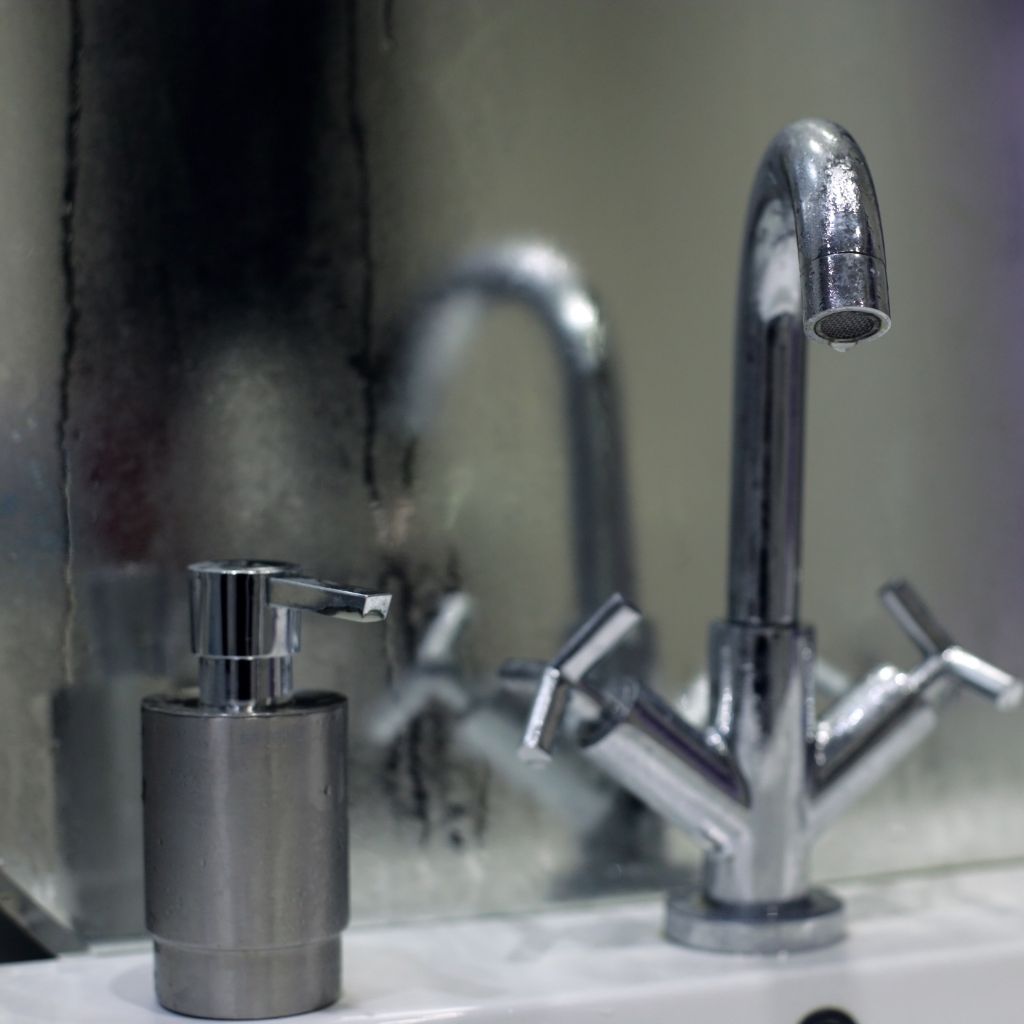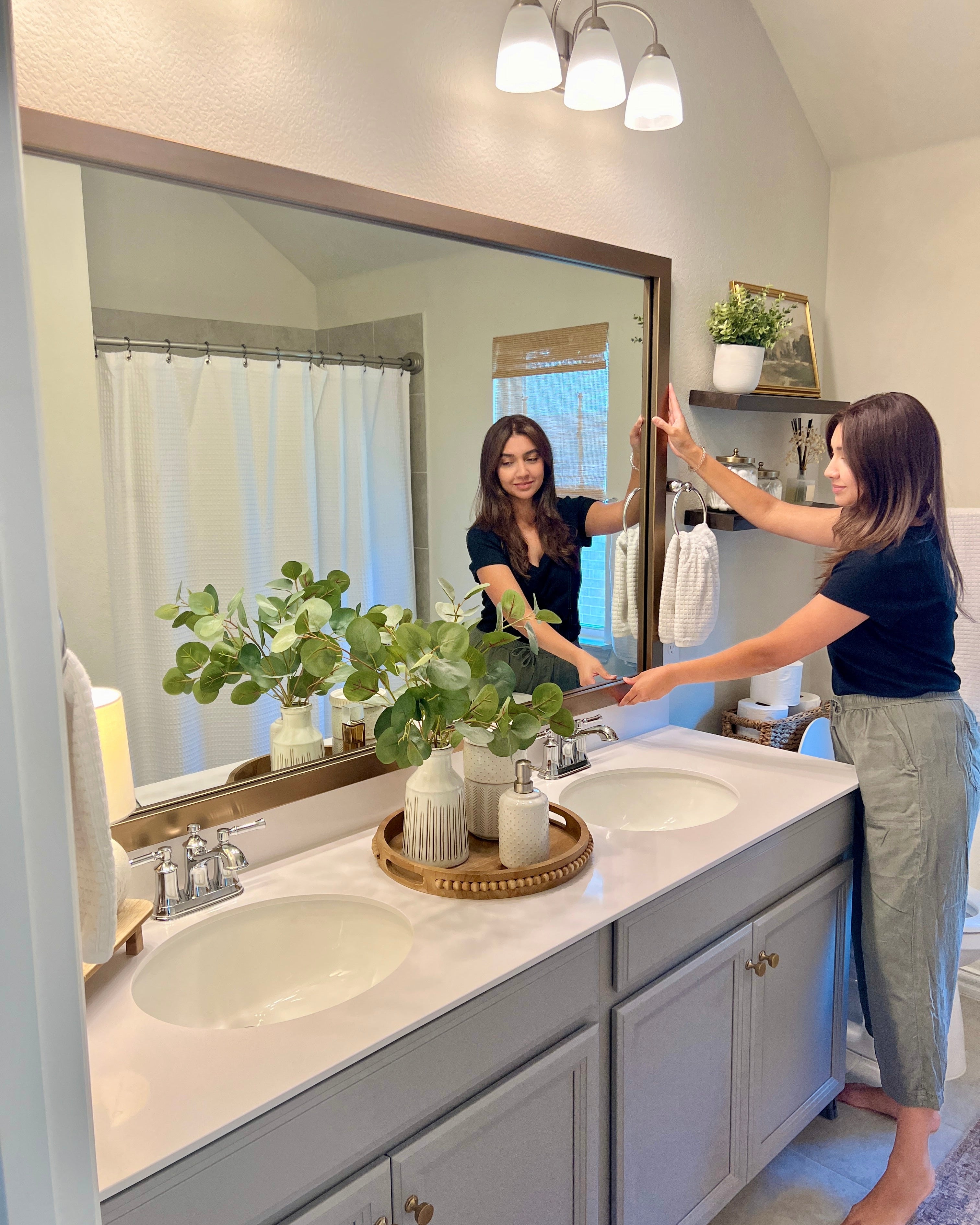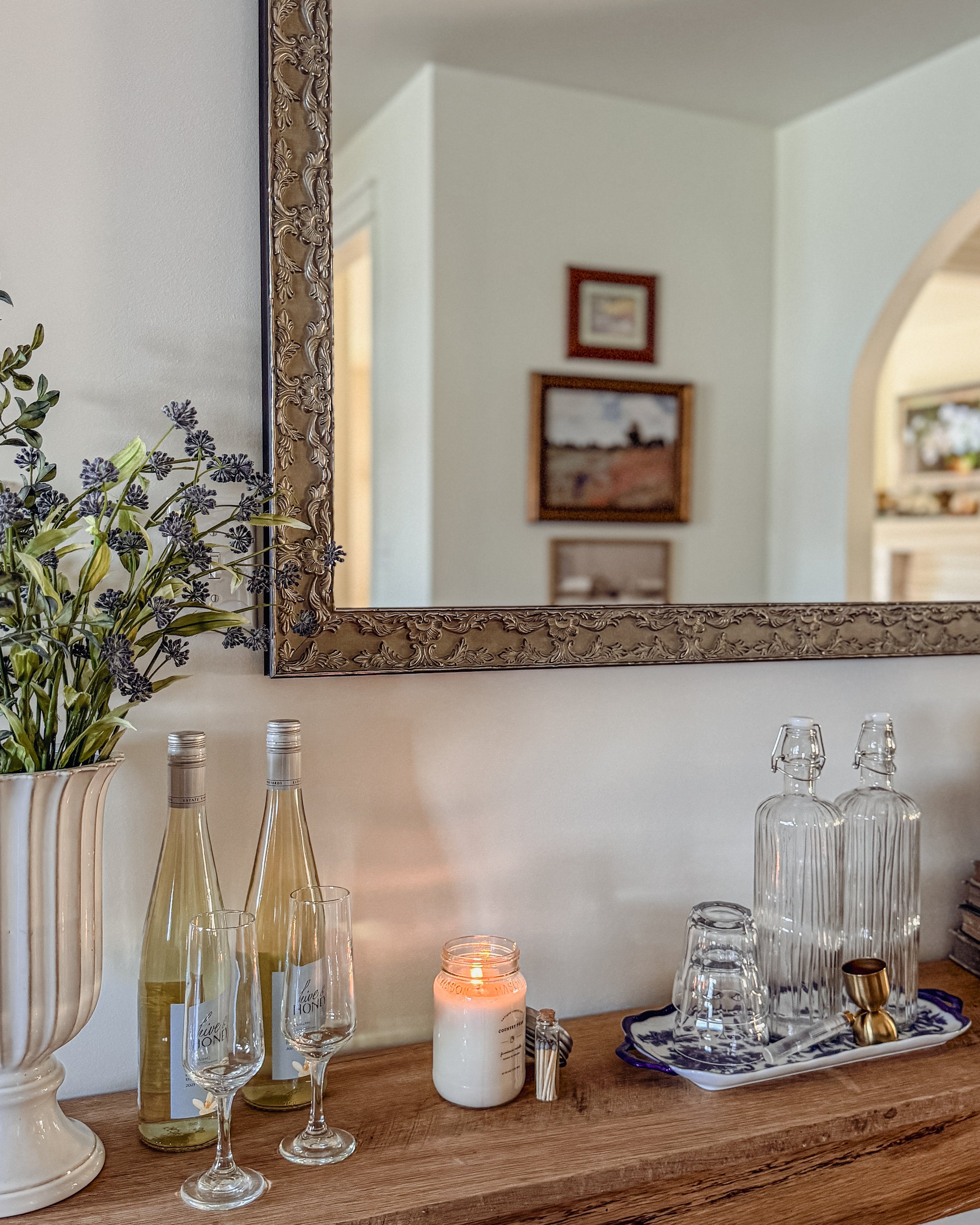There’s a common criminal that battles just about every bathroom in existence: water. From hot, steamy showers to accidental splashes out of the tub, moisture and water seem to seep in everywhere.
Warm, humid air is a homey environment for mold, mildew, and microorganism growth — yuck! More seriously, it can contribute to the decay of room materials such as wallboard, paint, trim, and flooring.
In a room that’s dedicated to washing, you simply can’t avoid water — but you can take precautions that will help prevent damage. Ahead, we’re covering common questions about bathroom moisture and what steps you can take to waterproof the room.
What Type of Flooring Works Best for Bathrooms?
When it comes to the materials used to build out your bathroom, functionality is just as important as style. Organic, plant-based materials like hardwood, bamboo, or jute are beautiful selections for the rest of your home, but they do not bode well with excessive humidity, moisture, or water puddles. For your bathroom, you’re much better off choosing inorganic materials that don’t absorb moisture, such as luxury vinyl tile, stone, metal, or ceramic or porcelain tile.
For bathroom flooring specifically, it’s unwise to choose hardwood — unless you enjoy remodeling every few years. Wood floors can’t resist the mold, mildew, and subsequent rot that water can cause. These days, many homeowners choose a luxury vinyl plank or tile for its low maintenance and easy upkeep. Of course, a gorgeous ceramic tile floor is also a smart choice for moist areas (though installation will most likely be up to four times more expensive). There are a wide variety of bathroom-friendly flooring options that suit every budget, so you shouldn’t have to sacrifice style.
PRO TIP: In addition to using the right materials, be sure your installation is watertight. There’s not much of a point to waterproof flooring if there are gaps where water can sneak in! Pay special attention to the baseboards, where the bathroom floor meets the wall.

Do Bathrooms Need Certain Types of Paint?
Because of the constant high humidity in bathrooms, your best paint choice is something on the glossier side. While an interior paint with a flat or matte sheen will show streaks and stains, a glossier finish can help keep condensation from leaving a permanent mark. Popular bathroom paint choices include satin, eggshell, and semi-gloss.
If you have it in the budget, consider tiling walls or installing large backsplashes. Especially for areas surrounding the sink, tub, and shower, a ceramic or porcelain tile can keep water splashes at bay.
Does Humidity Affect Mirrors?
The short answer: Yes.
Desilvering, or “mirror rot,” happens when those protective coatings are compromised (often by moisture) and the silver nitrate is exposed. Even if your mirror is mounted on the wall, the silver nitrate will begin to react with particles in the air, moisture, or even the products you use for mirror cleaning. The silver nitrate and the copper sulfate oxidize, and the result is black edges on your mirror.

The fix? Use Add A Frame® to cover up the edges and give your mirror a second life. Our mirror frame kits are easy to measure, assemble and install, and the black edges hidden underneath your frame will be tucked away where nobody can see them.
PRO TIP: In the future, giving your mirror a quick wipe-down after you shower can help reduce the impact of the moisture on the mirror.
RELATED READ: Black Edges on Mirrors: Why It Happens and What To Do
3 Steps for Reducing Bathroom Moisture
#1: Run Your Exhaust Fan
One of the most effective preventative measures you can take to prevent moisture build-up in your bathroom is to install a high-capacity bathroom exhaust fan. The purpose of a vent fan is to draw out moisture (and odors), which will improve air quality and prevent mold from forming.
Not only is it a smart idea to install one, but many building codes actually require it for major bathroom remodeling. If you live in an older home or have a particularly large bathroom, you may want to update your existing exhaust fan.
PRO TIP: For the most impact, don’t just run your fan while you shower. Leave the fan on for about fifteen minutes after use, and longer if there’s still steam in the room. Don’t forget to change out the filters as needed!
#2: Shower with the Door Open
When it comes to reducing moisture, more air flow is better! If showering with the door open isn’t a reasonable option for your living arrangement, try to open the door soon after you’re done and turn on the ceiling fan in the adjoining bedroom or hallway.
#3: Give the Room a Quick Wipe-Down
When you’re done with a steamy shower or bath, don’t stop at just wiping down the mirror. Giving the floors and walls a simple once-over with a towel can make a big difference in the amount of moisture that remains in the air. If you have a glass shower, grab a squeegee and clear the water off the door. The water will eventually evaporate, but you’re just speeding things along.

With the right materials and a few simple preventative measures, it’s not hard to stay on top of bathroom moisture. If, however, you find that your mirror has been damaged by moisture and is beyond the hope of saving, be sure to check out our Custom Framed Mirrors for a well-made, affordable option that perfectly suits your style.



